Belarusian Jewry – A Timeline
c. 1875
1881-1884
1882
1882
1902
1903-1906
1915
February 1917
October 1917
1917-1921
1918
1919
April 1919
1921
1922-1924
1924
1926
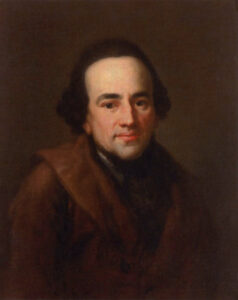
Jewish Enlightenment
The Haskalah (Jewish Enlightenment) movement is already well-established in many Belarusian cities, promoting secular education alongside traditional study. However, it also creates deep social divisions within the Jewish communities.
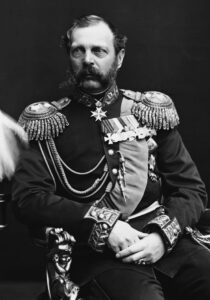
The assassination of Tsar Alexander II
Following the assassination of Tsar Alexander II, a wave of pogroms erupts in the southern part of the Pale of Settlement. Although Belarus is less affected than Ukraine, the violence incites widespread fear and leads to the first major wave of emigration to the United States and the Land of Israel.

The May Laws
The May Laws are enacted as "temporary regulations," severely restricting Jewish life. Jews are forbidden from residing in rural areas, even within the Pale of Settlement, which leads to overcrowding and poverty in cities like Minsk, Vitebsk, and Pinsk.

The 'Hibbat Zion' movement
The 'Hibbat Zion' (Lovers of Zion) movement gains strength in Belarus, particularly in cities such as Minsk and Pinsk. The movement promotes the idea of Jewish agricultural settlement in the Land of Israel and serves as a precursor to political Zionism.
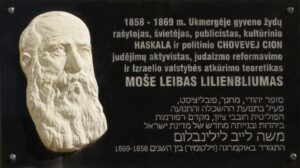
Zionist Organization conference
The Second Conference of the Russian Zionist Organization is held in Minsk, attesting to the city's importance as a Zionist center.
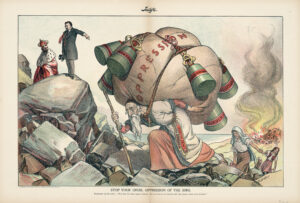
A second wave of pogroms
A second wave of pogroms sweeps across the Pale of Settlement. In 1903, a severe pogrom takes place in the city of Gomel in southeastern Belarus, during which Jewish self-defense organizations, some initiated by the Bund and 'Poale Zion,' fight back against the attackers.

World War I.
During the retreat of the Russian army before the German advance, tens of thousands of Jews are deported from the western provinces of Belarus, such as Grodno, on the false claim that they are collaborating with the enemy. The deportees suffer from poverty, disease, and ostracism.
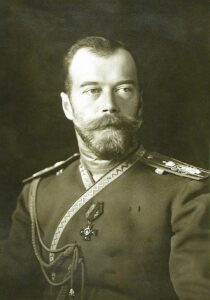
The February Revolution
The February Revolution in Russia topples the Tsar. The Provisional Government officially abolishes the Pale of Settlement and the anti-Semitic laws, granting Jews full civil and political equality.
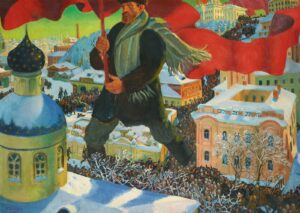
The Bolshevik Revolution
The Bolshevik Revolution brings the Communists to power. Jewish parties, from the Bund to the Zionists, maintain complex and often hostile relations with the new regime.

The Russian Civil War
The Russian Civil War and the Polish-Soviet War (1919–1921) bring devastation to Belarus. Jewish communities are caught between Red, White, Polish forces, and independent gangs. They suffer from pogroms, looting, epidemics, and destruction. The White armies are responsible for the most severe anti-Semitic violence, but atrocities were committed by all sides.
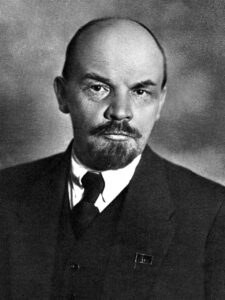
Jews in Communist Party
The Bolshevik government establishes the 'Yevsektsiya'—Jewish sections within the Communist Party, whose purpose is to spread communism among the Jews, establish Soviet institutions in the Yiddish language, and systematically destroy all rival parties and the Jewish religion.
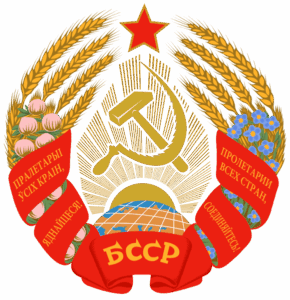
The Establishment of BSSR
The Byelorussian Soviet Socialist Republic (BSSR) is established, and Minsk is declared its capital.
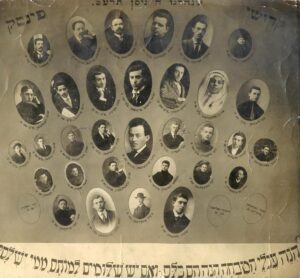
The Pinsk Massacre
The Pinsk Massacre. A pogrom is carried out in Pinsk by the Polish army.

The Treaty of Riga
The Treaty of Riga concludes the Polish-Soviet War, dividing Belarus between Poland (Western Belarus) and the Soviet Union (the BSSR). The division separates hundreds of thousands of Jews under two different regimes.
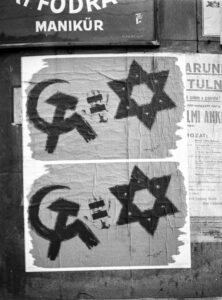
Bolshevik Jews against Judaism
The Yevsektsiya launches a broad anti-religious campaign across Belarus. Synagogues, Hadarim (traditional elementary schools), and Yeshivas are closed. Many are converted into workers' clubs or warehouses. Rabbis and religious leaders are persecuted.

Yiddish as an official language
Yiddish is recognized as an official language alongside Belarusian, Russian, and Polish, as part of a policy granting legitimacy to non-Russian languages and nationalities.
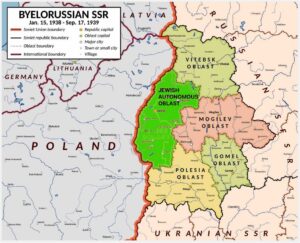
Jews in Soviet Belarus
407,000 Jews lived in Soviet Belarus, and a similar number resided in the Polish part of Belarus, which was incorporated into the Soviet Union at the end of World War II.
